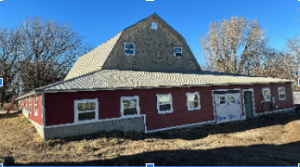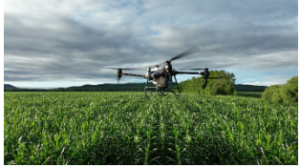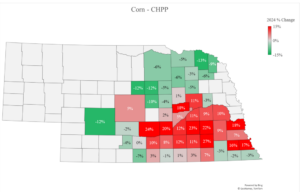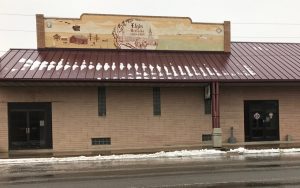The polar vortex and shift of the jet stream, this past week, brought major blizzard conditions followed by heavy rains and thaw which combined into a perfect 1-2 knock out punch to major portions of Nebraska, Iowa, South Dakota and Wisconsin. This ‘perfect storm’ has caused major damage to infrastructure, businesses and residences which will take a significant amount of time to recover from.
At present, the Nebraska Department of Agriculture estimates nearly $1 billion USD in losses caused by the flooding over the past week. This includes nearly $500 million in livestock losses and another $400 million in agricultural crop losses.
In Nebraska alone, approximately 200 miles of highway are heavily damaged or destroyed, 14 bridges have been destroyed and numerous other damages, major sections of both Union Pacific and BNSF railroads continue to be out-of-service as of Monday, March 18th, and will continue to be out of service until sections are deemed passable or repaired. For the Union Pacific railroad, this includes the Columbus, Blair, Omaha, Lincoln and Falls City subdivisions. Impacted BNSF routes travel through the same subdivisions.
As of March 20, 2019, the Norfolk Daily News published a report of the railroad closings and embargoes within Northeast Nebraska. Notable are the Rio Grande Pacific Railroad Columbus to Norfolk section which is tentatively scheduled for re-opening on April 1, 2019. The Nebraska Central Railroad is reporting 10 miles of major washout damage, four (4) bridges with major damage, and one bridge that has been destroyed to its railroad infrastructure between Albion and Columbus. Nebraska Central Railroad is anticipating the re-opening of the Albion subdivision on May 1, 2019. Both of these dates are highly dependent on the pro-activity of both BNSF and Union Pacific towards repairing, and reopening their lines servicing Northeast Nebraska.
Several ethanol plants have immediately backed off production pending the repair and re-establishment of rail service to Northeast and Eastern Nebraska. However, most anticipate production to resume back to normal by the end of April.
In addition to the damage to infrastructure, businesses and homes, the flooding has also rendered a significant portion of farmland to be inaccessible, or unusable, until the land dries enough for farmers to be able to access and analyze and remediate the land appropriately. Aerial imagery may prove to be a very useful tool, while sections of land remain inaccessible by roads which have to be repaired or rebuilt due to the flooding. While farmers may not be able to access their fields by road, the use of aerial imagery still allows farmers to view their fields from above, without having to physically attempt to enter the fields by truck, tractor or by foot.
You don’t have to face these challenges alone. MidPlains Ag stands ready to assist you with cost-effective options towards evaluating, remediating, and developing a cost-effective and efficient plan for your 2019 crop year.





